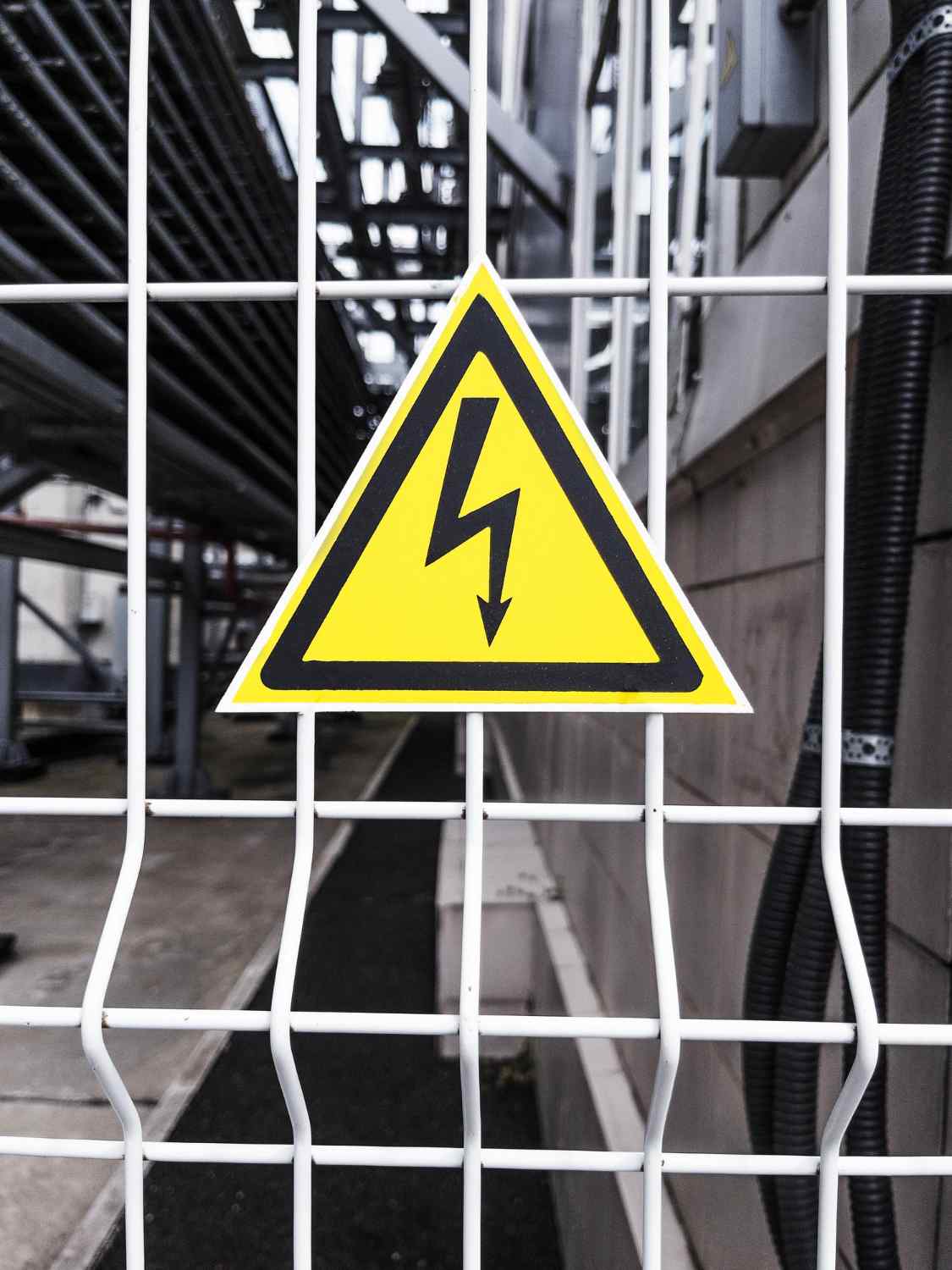Every year fire hazards around the globe cause severe loss of lives and valuable assets. The UK government has implemented several regulations and issued numerous standards to ensure that commercial and industrial sites prioritise fire safety. The authorities keep updating these rules and regulations to protect people and properties. Two of the most critical fire safety components are fire alarms and emergency lighting. Both serve somewhat different purposes, but both are strongly interlinked.
What are Fire Alarms?
Fire alarms are an essential component of any fire safety system. They have been designed to detect fire and alert all the people in a given property or area. These include employees, tenants, customers, and visitors, depending on the property type we are talking about. Fire alarm systems are a combination of various components. These components may vary depending on the specific requirement of a work environment and usually consist of the following:
- Detectors: These include devices which can detect heat, smoke, or flame. When any of these is detected, the device is triggered to issue alerts. Depending on the requirements, a property may have one or all three components.
- Notification Devices: Once the device detects any threat, it issues alerts that trigger notification devices such as loud alarms, sirens, or flashing lights.
- Control Panel: The control panel is a central alarm system component. It works by receiving signals from detecting devices and activating alarms.
- Power Supply: Fire alarm systems need power to operate. This power can be provided through batteries or by connecting the system to the national grid. There is also an emergency power backup to ensure the alarm operates despite a power outage.
- Other Components: Other essential components of a fire alarm system include manual call points and communication equipment.
Are You Legally Bound to Install Fire Alarms on Your Property?
As far as domestic properties are concerned, installing fire alarms is not a legal requirement. It is, however, a wise choice for residents to protect their homes and families. Nearly all commercial and industrial properties are required by law to install fire alarms. The requirements may differ depending on your region and locality. Professional fire risk assessments may have to be conducted to identify a property’s specific fire safety requirements.
What are the Regulations Governing Fire Safety in the UK?
In the United Kingdom, the fire safety of Public buildings, workplaces, and combined residential properties such as apartment buildings are governed by the Fire Safety Order, also known as the Regulatory Reform Order 2005. These regulations have several features, including identifying the “responsible person” who is responsible for complying with these regulations and maintaining the fire safety of the property he owns or controls. These regulations require that a professional fire risk assessment be carried out to identify any issues in the existing safety system and potential threats. The activity also aims to identify the best installation points for fire alarms. This framework also requires that a suitable fire alarm system must be in place depending on the property type. Other regulations govern essential aspects such as evacuation plans, testing and maintenance, emergency lighting, and documentation.
What is the Purpose of Emergency Lighting?
The fire safety order also contains regulations about the safe evacuation of property in case of a fire. These regulations demand that the responsible person have a workable evacuation plan with clearly identified escape routes. Furthermore, these escape routes should be visible and easy to navigate, which requires the installation of emergency lighting. These lighting systems are designed to operate automatically and independently in case evacuation is needed. These emergency lights illuminate the escape routes during a fire hazard when there is a high chance that power will be cut off. This is why they are powered by generators that operate independently or by batteries. Whenever the main power supply is cut off, these lights are activated automatically. Emergency lighting systems also include illuminated exit signage to indicate escape routes. The fire safety order also ensures that emergency lighting systems are tested periodically to ensure they are working.
Is Installing Emergency Lighting a Legal Requirement in the UK?
Yes! As mentioned before, installing and maintaining emergency lighting is essential to the Fire Safety order. Noncompliance with these regulations can prompt legal action against you, resulting in penalties and fines. Any fire hazard that results in loss of property or lives can become a serious case against the “Responsible person” if it is found that the emergency lighting failed to work or regular maintenance and testing were not carried out. These unfortunate incidents can lead to imprisonment or cessation of property.

Are There Different Types of Emergency Lighting Systems?
Different emergency lighting systems serve different purposes within a fire safety and emergency lighting system.
Escape Route Emergency Lighting: These lights ensure adequate illumination of the planned escape route, including areas like hallways, stairways, and corridors. These lights guide people towards the assembly points or the exits.
Open Area Lighting: These lights are installed in open areas such as halls, warehouses, and office floors to prevent chaos during emergencies.
Standby Lighting: Although not a legal requirement, standby lighting can prevent disorientation when people transit from normal to emergency lighting.
High-Risk Task Area Lighting: Sites with sensitive operations, such as medical facilities, machinery, chemical production or storage, can be hazardous during evacuation. This is where high-risk task area lighting is used.
Self-Contained Lights: These lights are equipped with batteries to ensure they work even during a power outage.
How Do Fire Alarms and Emergency Lighting Work Together?
Fire alarms and emergency lighting are essential components of a fire safety system. They work hand in hand to create a safe environment for people. The alarms work by detecting fire, smoke, or heat before the damage is done and alerting people, who can then head toward the escape routes with the help of emergency lighting and signage. Where the alarms issue alerts, the lights guide people towards exit points and ensure they can exit the property safely without panicking.
What are the Benefits of Fire Alarms and Emergency Lighting Systems?
The benefits of these systems are obvious. They protect life and valuable assets.
- Early detection of threats and timely exit from unsafe properties.
- Rapid response from relevant authorities such as the fire department.
- Compliance with regulations and legal requirements.
- Safe and stress-free environment
- Safe exit in case of hazards
- Reduced chances of loss during hazards






